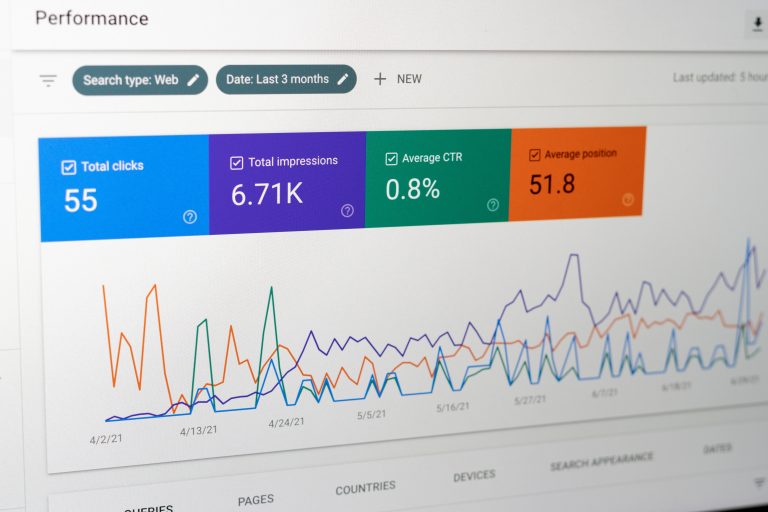How to Write SEO Headlines?
When was the last time that an article title grabbed your attention? If you’re like most people, it was in the last day or so, and it probably happened while you were navigating the first page of a Google search result.
The best headlines grab the reader’s attention and compel them to read the article. You might think of a headline as the “advertising” for the content.
Recent studies validate what marketers have known for a long time: 80% of people never read beyond the headline. Experts believe that the remaining 20% read the article because the headline was compelling. After all, people don’t waste time on things they don’t consider interesting or worthwhile.
But although headlines have been important since at least the age of the printing press, they’re even more critical now. One reason for this is the sheer volume of material being published, both in print and online. Without a quality headline, content would quickly get lost.
What’s an SEO headline?
An SEO headline is different from traditional ones, however. That’s because writers create them for search engine optimization (SEO). Doing this can make the article more visible in search engines like Google. Typically, they read like a “normal” headline, but they include specific keywords for the article. By including keywords, writers show a search engine’s algorithm what’s most important about the article.
Ultimately, the purpose of an SEO headline is to help a blog post or webpage get on the first page of a search result for a particular keyword. Being on the first page is critical because the lion’s share of clickthroughs go to those websites. Marketers even have a joke about being stuck on the second page of Google.
How to write headlines for SEO purposes
Despite the differences between an SEO headline and a more traditional one, writing them involves many of the same principles. However, some SEO headline best practices only apply to online articles.
Let’s look at some of the most important tips for SEO headlines.
Pick the right keyword
Arguably, the biggest blunder in SEO is choosing the wrong keyword. Besides choosing an irrelevant keyword (that will likely backfire), it’s easy to pick one that’s too competitive. However, keyword research will help you identify the best option for your topic. Often, you’ll choose one that isn’t excessively competitive and doesn’t compete with your pre-existing content.
Once you’ve decided on a keyword, use it once (and only once) in your SEO headline.
Shorter isn’t always better
Although many of us like the five-word headline, research shows this isn’t always the best option. In fact, a study by SemRush shows that a headline that has 10 to 13 words gets double the traffic compared to articles with shorter headlines.
Don’t go overboard, though. Excessively long headlines will lose your audience’s attention. Mobile device users won’t like the headline swallowing their screen, either. Learning how to write headlines means understanding when to stop writing.
Say no to keyword stuffing
While keywords are essential to any SEO headline, you should never stuff them. Not only does obvious keyword stuffing annoy your audience, but Google’s new Helpful Content policy might trip you up. That’s because Google is trying to reign in the spam and keyword stuffing so only content that prioritizes the reader experience reaches the top of a results page.
Write more than one
Many experts believe you should write multiple headlines for the same article. While you’ll ultimately use just one, giving yourself options initially means you can think about your choices. Maybe you’ll write one or two that are two clumsy, one that’s off-brand, and a final one that‘s just right.
However, don’t write more SEO headlines than you need to find the right one. Writing is as much an art as a science, and you ultimately want something great going into print.
Pass on the clickbait
One of the best ways to annoy potential readers is with a clickbait title. While something catchy, pithy, or thought-provoking can work well, each of these generally represents the article fairly. On the other hand, clickbait gives a deceptive picture of the actual article. Bait and switch might get you clicks in the short term, but it’ll destroy your reputation over time (and annoy everyone).
Let the professionals write your SEO headline
Although knowing how to write headlines is a skill that everyone could benefit from, it’s often easier to let professionals do it when it affects your business visibility. At WriterArmy, we understand that the average agency or business owner doesn’t have time to write or review website content. If that sounds like you, let our team of expert SEO writers plan your content from start to finish to ensure the results you’re looking for. Contact us today for a free consultation.








